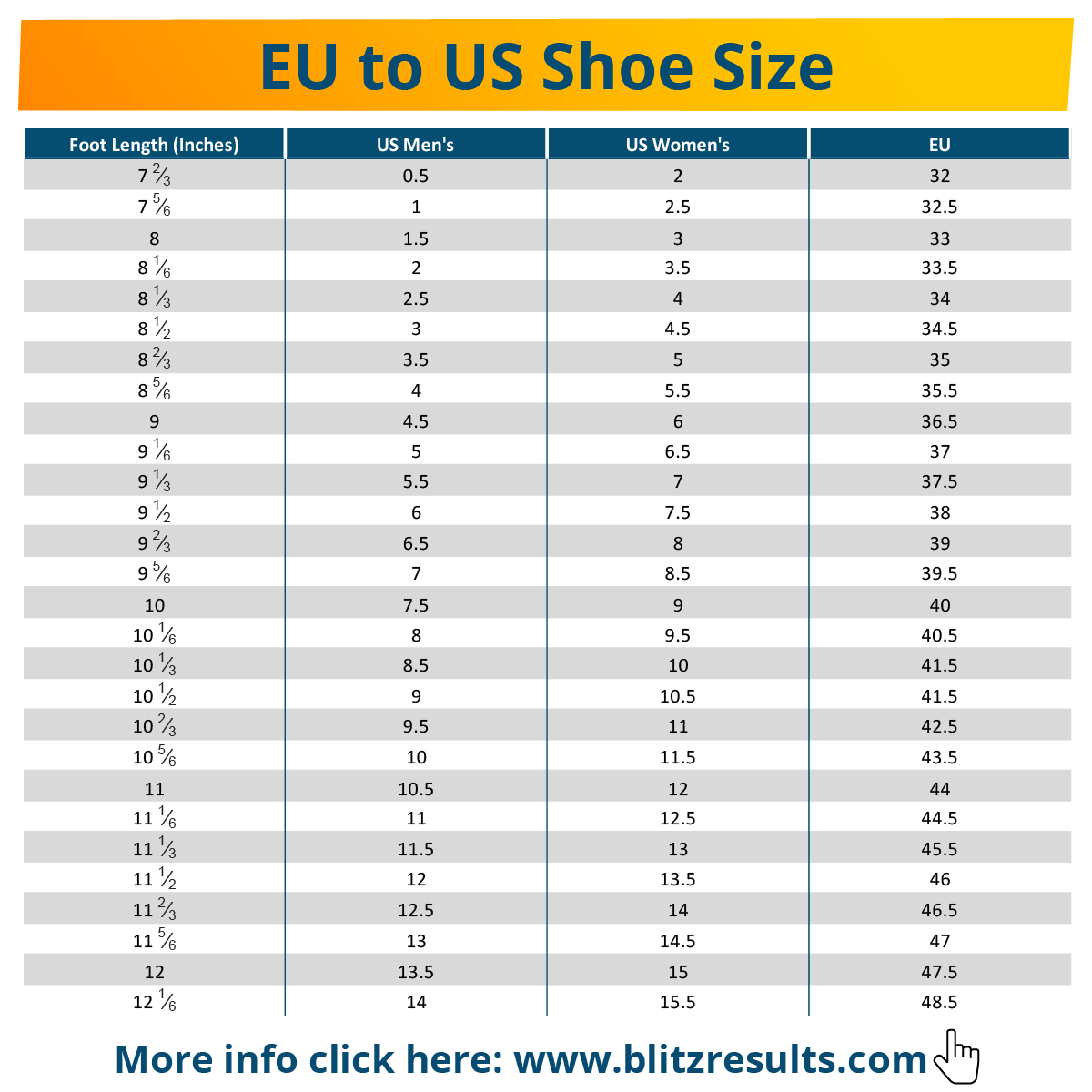5 Tips Kids Shoe Size

When it comes to finding the perfect fit for kids’ shoes, it can be a daunting task, especially considering how quickly children grow. Getting the right size is crucial not only for comfort but also for the healthy development of their feet. Here are five tips to help you navigate the world of kids’ shoe sizes and ensure your little ones have shoes that fit just right.
1. Measure Their Feet Regularly
Children’s feet grow at an incredible rate, especially during the early years. It’s essential to measure their feet regularly, ideally every 2-3 months for younger kids, as their foot size can change rapidly. You can use a shoe size chart or a foot measuring device found in most shoe stores. For a more accurate measurement, consider having your child stand up while their feet are measured, as this is how they will be wearing their shoes.
2. Understand the Difference Between shoe Size Systems
Shoe sizes can vary significantly between brands and even countries, as different regions use different measurement systems (e.g., US, UK, EU). Understanding these differences is key to ensuring you’re getting the right size, especially if you’re shopping online from international brands. Keep a record of your child’s measurements in different systems to make comparisons easier.
3. Consider the Type of Shoe
Different types of shoes (e.g., sneakers, boots, sandals) can fit differently due to variations in design, material, and intended use. For example, boots tend to be roomier and may require thicker socks, which can affect the size you choose. When trying on shoes, consider the activities your child will be doing in them. If they’re for sports, you might want a bit more room in the toe box for comfort during intense movement.
4. Leave Room for Growth, But Not Too Much
The general rule of thumb is to leave about a half-inch (about a thumb’s width) of space between the end of the longest toe and the shoe. This space allows for growth without the shoe being so large that it causes blisters or slips off during wear. However, too much room can lead to tripping hazards, so it’s a delicate balance. For younger children who are still growing rapidly, you might lean towards the slightly larger size, but always try shoes on before buying to ensure the best fit.
5. Try Them On, If Possible
If at all possible, have your child try on shoes before purchasing them. This is the best way to ensure a good fit, as it allows you to check for comfort, support, and any signs of pressure or discomfort. Pay attention to how the shoe feels on both feet, as feet can differ slightly in size. If buying online, look for retailers with flexible return policies in case the shoes don’t fit perfectly.
Additional Considerations
- Width Matters: Not all shoes come in standard widths, and some children may have narrower or wider feet than average. Look for brands that offer a range of widths to ensure the best fit.
- Quality Over Price: While it’s tempting to save money, very cheap shoes can be made from materials that don’t breathe well or support the foot properly. Invest in good quality shoes, especially for children, as their feet are still developing.
- Seasonal Considerations: Consider the season when buying shoes. For instance, during warmer months, lighter, breathable shoes might be more appropriate, while colder months may call for insulated, waterproof options.
By following these tips, you can help ensure that your child’s shoes fit well, providing them with comfort and support as they grow and develop. Remember, the right fit can make all the difference in preventing discomfort, supporting foot health, and even impacting their overall mobility and confidence.
How often should I measure my child's feet for shoe size?
+It's recommended to measure your child's feet every 2-3 months, especially during early childhood when their feet are growing rapidly. Regular measurements help ensure that their shoes fit properly, which is crucial for foot health and comfort.
Why do different shoe brands have varying sizes?
+Different shoe brands can have varying sizes due to distinctions in their design, materials, and manufacturing processes. Additionally, shoe sizes can differ between countries due to the use of different measurement systems. It's essential to try on shoes or refer to the brand's size chart for the best fit.
How much room should be left in the toe box of a child's shoe?
+A good rule of thumb is to leave about a half-inch (or a thumb's width) of space between the end of the longest toe and the shoe. This allows for growth and comfort without the shoe being too large or too small.
What factors should I consider when choosing between different types of children's shoes?
+When selecting shoes for your child, consider the intended use (e.g., everyday wear, sports, formal events), the season, and the child's activities. Different types of shoes are designed to offer specific types of support, protection, and comfort, so choosing the right type can make a significant difference in your child's comfort and performance.
Why is trying on shoes important before buying them?
+Trying on shoes is crucial because it allows you to check the fit, comfort, and support of the shoe on your child's feet. Every foot is different, and what works for one child may not work for another. By trying on shoes, you can identify any potential issues, such as pressure points or lack of support, before making a purchase.
Finding the right shoe size for your child involves a combination of regular measurements, understanding size systems, considering the type of shoe, leaving room for growth, and trying them on. By taking these steps, you can help ensure that your child’s shoes are both comfortable and supportive, contributing to their overall health and well-being.


